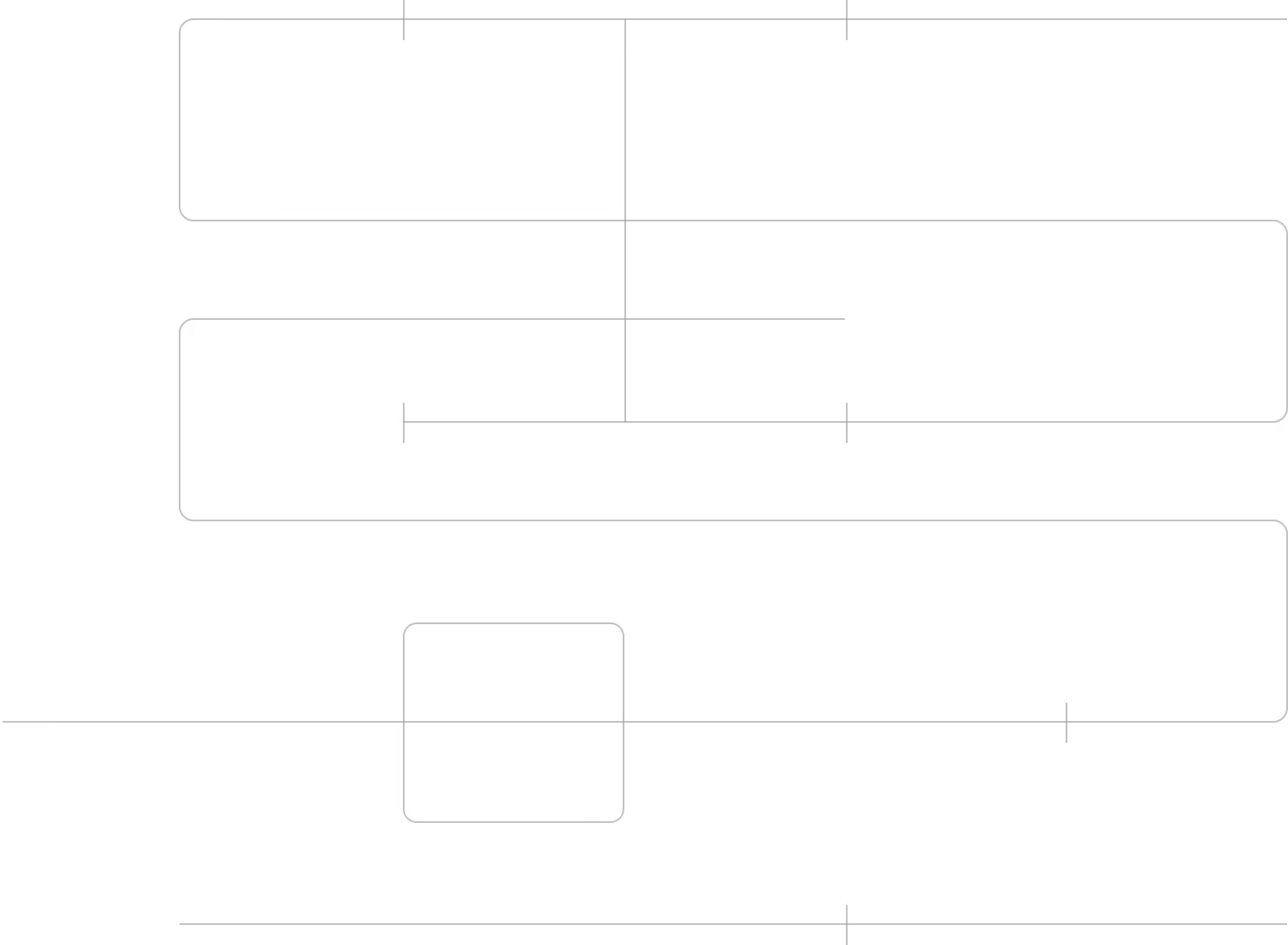Reverse Osmosis Systems (RO)
What is Reverse Osmosis?
Reverse Osmosis (RO) Systems are a cornerstone of modern water purification technology. At its core, an RO system uses a semi-permeable membrane to filter out a wide range of contaminants from water, including dissolved salts, bacteria, viruses, and various chemical impurities. This process is achieved by applying pressure to overcome osmotic pressure, a colligative property, pushing water through the fine pores of the membrane while leaving larger particles and impurities behind.
The RO process begins with pre-filtration, where sediments and larger particles are removed to protect the RO membrane. Then, the pressurized water is directed through the RO membrane, a sophisticated component made of thin-film composite with microscopic pores. These pores are small enough to exclude dissolved ions and molecules, ensuring only water molecules can pass through.
A key advantage of RO systems is their ability to remove up to 99% of dissolved salts (ions), particles, organics, and other contaminants from the feed water. The result is exceptionally pure water, often surpassing the quality of conventional water filtration methods.
Beyond just purification, RO systems are valued for their versatility. They can be used in a variety of settings, including desalination of seawater, treatment of industrial wastewater, and provision of potable water. The systems can be scaled from small, under-the-sink units for domestic use to large-scale municipal or industrial applications.
Another significant aspect of RO technology is its environmental impact. By improving water quality and enabling the reuse of water, RO systems contribute to water conservation efforts and reduce the strain on freshwater resources. Additionally, advancements in membrane technology and system design have made RO systems more energy-efficient and cost-effective than ever before.
In summary, Reverse Osmosis Systems are an advanced, effective, and versatile solution for a multitude of water purification needs. They play a crucial role in providing clean, safe water in both commercial and environmental contexts.
.avif)

Case Studies
How RO Systems Work
Reverse Osmosis (RO) is a sophisticated and effective method for purifying water, widely used in various industrial, commercial, and residential applications. The process is based on a simple yet powerful principle – using a semi-permeable membrane to separate impurities from water molecules. Here’s a detailed look at how RO systems work:
Pre-Filtration: Before reaching the RO membrane, water undergoes pre-filtration to remove large particles and sediments. This step is crucial to protect the RO membrane from clogging or damage by larger contaminants.
Applying Pressure: The core of the RO process involves applying pressure to the water. This pressure must be higher than the natural osmotic pressure of the water to effectively push the water molecules through the RO membrane.
Membrane Filtration: The RO membrane is the heart of the system. It consists of a thin film composite with tiny pores, small enough to prevent various contaminants, including salts, bacteria, and viruses, from passing through. As the pressurized water is pushed against the membrane, these impurities are left behind, and only pure water molecules are able to pass through.
Contaminant Removal: The impurities and contaminants that do not pass through the RO membrane are flushed away, typically into a drain. This waste stream, known as brine or concentrate, carries away the rejected substances.
Post-Filtration and Storage: After passing through the RO membrane, the water often goes through additional post-filtration steps to further polish the water quality. The purified water is then stored in a holding tank, ready for use.
Quality Control: Modern RO systems are equipped with quality control mechanisms like flow controllers and pressure gauges to monitor the system's performance and ensure consistent water quality.
RO systems are remarkable for their ability to remove a broad range of contaminants, making them one of the most effective water purification methods available. They are utilized in settings where water purity is critical, such as in drinking water systems, medical and laboratory applications, and in the treatment of industrial wastewater.
In summary, the Reverse Osmosis process provides a reliable, efficient, and effective solution for achieving high-purity water, meeting the demands of various applications that require stringent water quality standards.

Why Choose bioprocessH2O for RO Systems?
Advanced Purification Technology: We specialize in state-of-the-art RO systems that deliver exceptional water purity.
Custom-Designed Solutions: Tailored to meet specific water quality requirements of each client, ensuring optimal performance.
Energy-Efficient Operations: Our RO systems are engineered for maximum efficiency, reducing energy costs.
Long-Term Durability: Built to last, with high-quality components designed for extended lifespan and reliability.
Comprehensive Support: From initial design to ongoing maintenance, we provide full support for our RO systems.
Eco-Friendly and Sustainable: RO technology supports sustainability goals by reducing wastewater and chemical use.
Cost-Effective Water Treatment: Our RO systems offer an economical solution for high-quality water treatment over the long term.
.avif)

Superior Water Quality
Reduced Contaminant Levels
Low Energy Consumption
Modular and Scalable Design
Ease of Operation and Maintenance
Long Service Life
Space-Efficient Setup
Cost Savings in the Long Run
Flexible Application Range
Environmental Compliance
Additional Benefits
- High Removal Efficiency: Effectively removes a wide spectrum of impurities, including dissolved salts and microorganisms.
- Customizable Systems: Adaptable to a variety of treatment capacities and water quality requirements.
- Automated Controls: Ensures optimal performance with minimal manual intervention.
- Consistent Water Quality: Delivers a steady output of purified water, regardless of feed water variations.
- Reduced Waste Production: Minimizes the generation of waste products compared to conventional treatment methods.
- Regulatory Compliance Assistance: Helps clients navigate and adhere to stringent water quality standards.
- Turnkey Solutions: Offers complete system solutions from design to installation and operation.


Speak with a design engineer today.

.avif)






